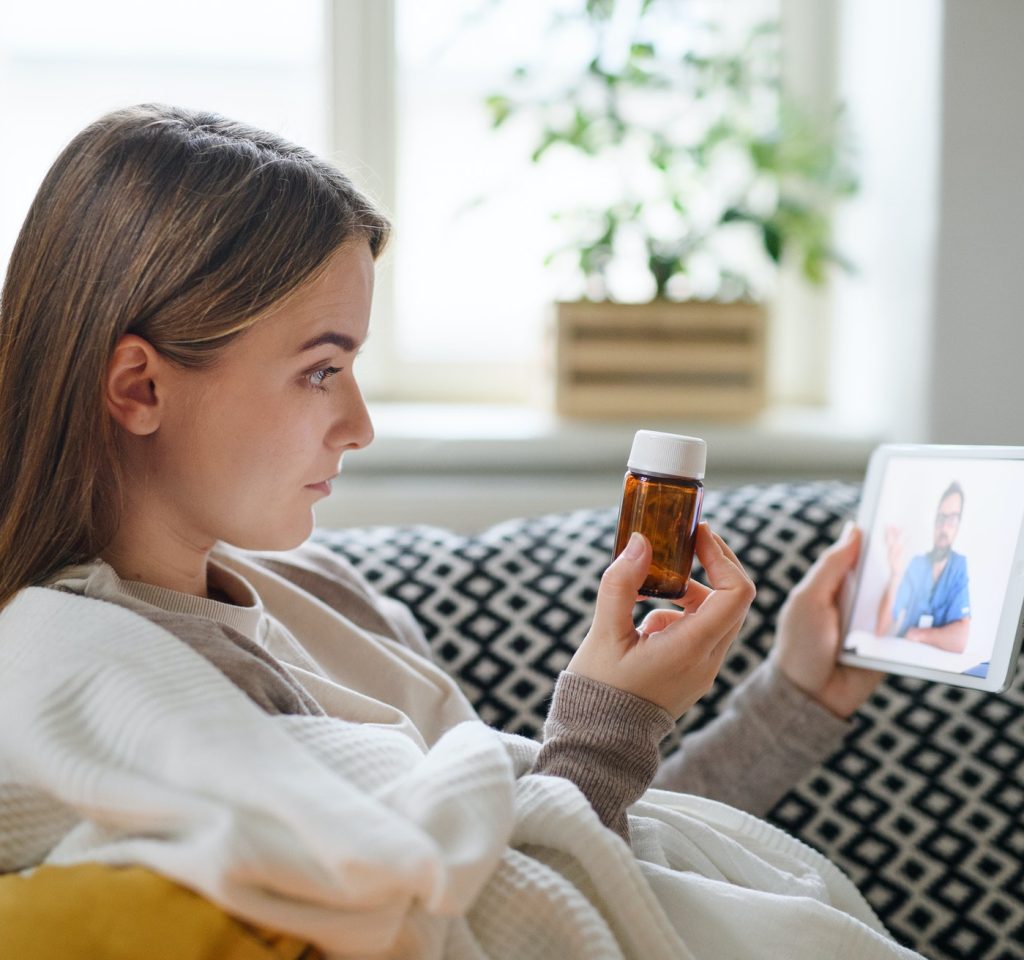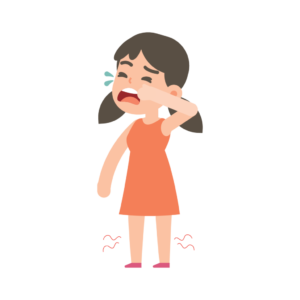
The dreaded prickly heat!
nathaniclinic1
January 26, 2018
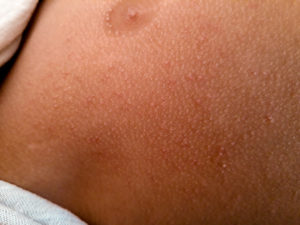
Prickly heat or miliaria!
The analogy that comes to mind is that of a field of cactus on one’s body with the thorns facing inwards,
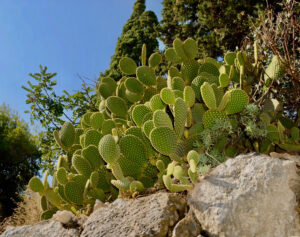
or an acupuncture session that went wrong. When one’s little one is suffering from it, we as parents, suffer even more.
Why does prickly heat occur?
A hot and humid environment causes excessive sweating and allows multiplication of bacteria that are ordinarily resident on the skin. These interact with each other, producing slimy substances, which go on to block the pores of the sweat glands. Hot and humid conditions encourage sweating, but due to the blocked pores, the sweat cannot escape from the gland.
These glands can now rupture and release sweat into the surrounding tissues. The extruded material incites an inflammatory reaction and producing the characteristic rash.
If you are regularly giving oil or ghee baths to your child, then these two tend to clog the sweat pores, setting off the process of prickly heat formation.
How does the rash look like?
The rash is typically red, raised, intensely itchy in clumps and typically occurs in areas that are covered by clothes. The rash may also occur in exposed areas. It may be extensive. In some individuals, usually in adult females, these rashes typically happen in the underarms or groins, and this type of rash is not related to the weather.
Where does it typically occur?
- Any place where there are skin folds like the groin or the axilla
- Any place where clothing grips the body tightly –
- Across the back of the neck.
- The front or back of the chest
- Where the shorts/pants grip the waist
- If your child is wearing a sun-hat, then across the scalp and forehead.
What are the problems associated with prickly heat?
- Of course, intensely itchy with a feeling of being burned is quite distressing by itself.
- If the affected area is extensive, it interferes with the heat dissipation mechanism of the body. Sweating is the body’s way of getting rid of the excess heat. The risk of heat stroke increases significantly.
- It is unsightly, and drives many people indoors, and ruins many a vacation plan.
- There is the possibility of developing secondary infection. Bacteria find the conditions a perfect greenhouse in which to multiply. Blotchy redness marks the infection, and there may be yellow spots of underlying pus formation.
- Plenty of water and other cooling fluids on a regular basis – helps the body cool off. Watermelons are aplenty in summer as are other watery fruits like lemons, grapes, other melons, etc. Fruits are an excellent way to get fluids into your child. Don’t go overboard though, the sugar in fruits is all fructose, and this must be converted first to fat, and then only to glucose that the body can utilize.
How can you prevent prickly heat in the first place?
Some children are more prone to developing prickly heat than others, and in them, we need to take extra precautions. Some sensible precautions that one can take, to prevent prickly heat:
- Avoid exposure to the sun: If possible avoid exposure. If unavoidable, at least try and prevent exposure between 0900 and 1600 (in India)
- Avoid strenuous exercise and play in summer – if possible, try to coordinate the play activities indoors and preferably in an air-conditioned environment
- Clothes – loose fitting and porous: Cotton is best. Light cotton with no synthetics added
- Frequent and cooling showers: bring down body temperature dramatically, and decrease sweating
- Do not carry your baby all the time! – apart from increasing the heat and sweat, you are making the child unnecessarily dependent on you.
Managing a heat rash
- Take all the preventive measures as outlined above
- Keep affected part cool and dry – cold compresses with a napkin soaked in cool water helps immeasurably.
- Use Calamine lotion. Already applying Calamine and still itchy? Try using oatmeal baths instead
- If the rash does not subside or does not improve, consult your doctor at the earliest. It may not be prickly heat, or there may be a superadded infection. There are plenty of medications available that can help significantly, but please do not self-medicate as it can be dangerous.
Do not use talcum powder or prickly heat powder, as kids can inhale the powder that can then get trapped in the lungs and cause a variety of diseases!
When should you bring the prickly heat rash to the notice of your doctor?
- Starts developing or discharging pus on the lesions
- Develops fever and has a rash.
- The rash does not settle within 4-5 days
Summer is an excellent time for kids! Let them enjoy themselves and don’t let prickly heat spoil the fun for your kids.
Other summer diseases to watch out for:
- Heat Boils – infection of hair follicles in the skin. They are also called as furunculosis.
- Chicken Pox easily prevented by vaccinating the entire family with a simple chicken pox vaccine.
- Summer diarrheas – eat and drink sensibly, especially in summers – no eating out at roadside stalls!
If you like us on Facebook, you can receive information about new posts on your timeline. We regularly post informative articles that help keep your child healthy and safe.
Our Consulting Specialities
Recent Posts

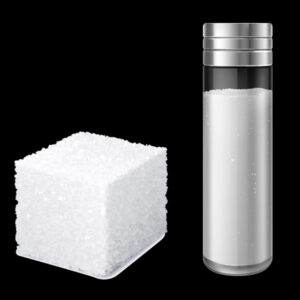
Subscribe Our Newsletter
The premier children’s clinic and general vaccination center in Chembur, Mumbai
Make an Appointment
- 8 AM - 8 PM , Monday - Saturday
Call Us Today
9987084813
Online Doctor Consultation Nathani Clinic
Copyright © 2024. All rights reserved.

